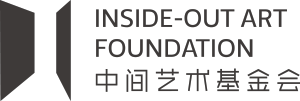
Although discussions about the pandemic are gradually winding down, the social syndromes that predated the virus have not dissipated alongside the physical evidence of COVID-19. In other words, the various impacts of the rapidly shifting media environment on individual consciousness and behavior persist. The fear that once spread through the fog of excessive information still permeates our social lives, like the phantom of a monster looming in the dark mist. Similarly, issues such as armed conflicts, ideological clashes, rising nationalism continue to generate information and imagery that cloud our judgments in discerning what is true or false, driving us to temporarily settle on a speculative truth orhide in a certain group. But still, the underlying problems remain painfully unsolved.
The title of the exhibition, “When the Monster is Speaking”, draws inspiration from the renowned science fiction Frankenstein written by English author Mary Shelley in 1818. Since the last century, several film adaptations of futurist science fictions have depicted this manmade, overwhelmingly powerful, cobbled-together monster who seeks humanistic feelings as a character evoking our strong sympathy. Each version of the adaptation, though all in the style of a Gothic parody, repeats the technological anxieties peculiar to its respective time. The word “monster” finds its etymological origin in the Latin term “monstrare,” which can be literally translated as “to reveal” or “to display.” Monsters, while taking form through visual representation, often reflect human fears and materialize into embodied anxieties of their times. They are not only presented through all sorts of mediums, but also embodies the form of media: Frankenstein opened Pandora’s box in the 19th century; King Kong and Godzilla were born from imagination and ambition of the Western adventurous tradition towards exotic worlds; game series like the Resident Evil are rife with monsters bred by interactive media; La Bête, with the assistance of artificial intelligence, tries to deprive humans of their inherent sense of crisis and other emotions that hinder their productivity. Monsters—this primordial image of the collective unconscious—become the coordinates with which we can correctly posit ourselves. The transformation of their images then represents the constant refreshing of our own self-identification.
Italian Marxist philosopher Antonio Gramsci famously observed, “The old world is dying, and the new world struggles to be born: now is the time of monsters.” Time has rendered once groundbreaking or appalling experiments part of modern science and technology. However, the imaginations about monsters and worries towards the unknown still persist in our lives, gathering into mists of lores and lies. Today’s “monsters” manifest as concrete demonstrations, reflecting unseen phenomena, hidden connections, as well as the rift between reality and the limits of our knowledge. Meanwhile, the sound it emits around the unknown grows increasingly elusive.
When the monster is speaking, its voice overlaps with our own. The “monster” in this exhibition symbolizes no just newfound objects and events, nor solely objectified conspiracies and cliques. It also represents our deepest desires, anxieties, despondency, and the biases rooted in our inadequate understanding. These feelings are concealed beneath the syndromes intrinsic to our times, which will emerge alongside technological updates, such as information contamination, media manipulation, collective silence, and the homogenization of societies. The instrumental rationality driven by technological iterations unabashedly severs all unstable factors in humanistic relations, unleashing lasting anxieties for survival and continued rivalry between humans and machines. Ultimately, it is embedded in the fear of uncontrollability and uncertainty. In this context, technology alone cannot be, or even should not be, the primary solution. Composed of two chapters, “Real Stories” and “Questioning the Monster,” the exhibition begins with the very first words we often hear in the recounting of an allegory: “This is based on a true story….” It gradually deconstructs the logic of production for mediums like images, meticulously sifting through the noise in piecemeal puzzles, independently questioning the presented appearances, seeing through the deceptive nature of the monster, and deeply engaging with the underlying theme: when we encounter things we cannot comprehend and refuse to understand, monsters are born.
Our current condition necessitates this discussion as urgent and relevant for any impending future. This exhibition showcases a collection of 16 video and installation works by artists from a total of 10 countries, including China, South Korea, Bosnia and Herzegovina, Norway, Jordan, Vietnam, and Chile. In these works, artists from around the world offer their diversified perspectives across all layers and levels. Responding to a range of geopolitical issues and personal or collective encountering, they employ video, text, and other media to examine the “voices” of these monsters. Alternatively speaking, they dig into the chasm between reality and time, exploring the actual pressing issues with unique means and comprehensive measures: we are submerged in an ocean of videos and images, but have never fully experienced life or embodied the essence of sensations. Here, we reconstruct the “truths” and further probe the limits of our cognition, charting and piecing together a map of knowledge that remains fragmented and scattered due to disciplinary and cultural disjunctions. The works featured in this exhibition cultivate a sociological imagination which can help us reclaim lost standard values of dignity and recognize the impact of alienation. Simultaneously, they strive to create a “new normal”—one marked by resilience, with a positive, diverse dream for justice. These artistic creations, displayed in museum, resurrect our bygone lives, becoming immortal memorials for the “monsters” and “ghosts” of our past.
Participating Artists
Alfredo Jaar, Chando Ao, Damir Avdagić , David Douard, Ed Atkins, Lawrence Abu Hamdan, Li Ming, Jonas Bendiksen, Nguyễn Trinh Thi, Wu Ziyang, Eva&Franco Mattes, Julian Charrière, Julius von Bismarck, TingTong Chang, Young-hae Chang Heavy Industries (YHCHI), Zheng Yuan
Curators
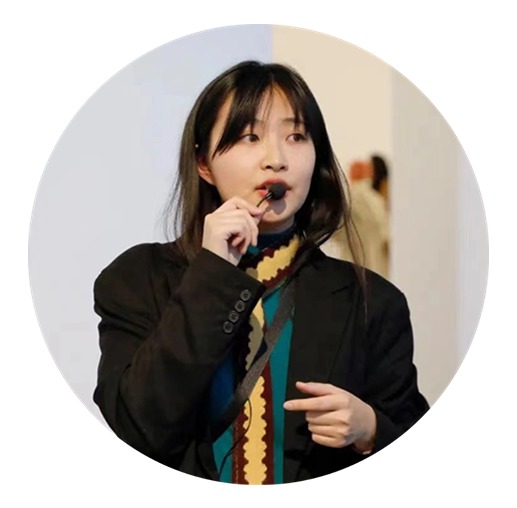
Na Rongkun
Na Rongkun is curatorial assistant of Inside-Out Art Museum,graduated from the Painting Department of the School of Fine Arts at Tsinghua University with a bachelor’s and master’s degree. Her research and creative processes are centered on the ignored and suspended fragments that emerge from everyday interactions. She curated exhibitions such as How Can I Rid My Mind of Her:‘Mother’in Zhao Wenliang’s Paintings, Road to Enigma and Profundity: Guangshe and the Artistic Turn of Photography in the Early 20th Century, and the Inside-Out Practice of Waste Time to Do Things; executive edited the research achievement Infinite Realism: Humanism in Chinese Photography from 1920s to 1980s and How Can I Rid My Mind of Her.

Wang Jiayi
Wang Jiayi, Graduated from Jinan University, Department of New-Media Art. Her curatorial endeavors and research interests revolve around the communication of images and the relationship between social media and social movements. Her recent exhibitions are at SabakiSpace in Guangzhou, and she was shortlisted for The Jimei x Arles Curatorial Award for Photography and Moving Image in 2023.
Exhibition Photos

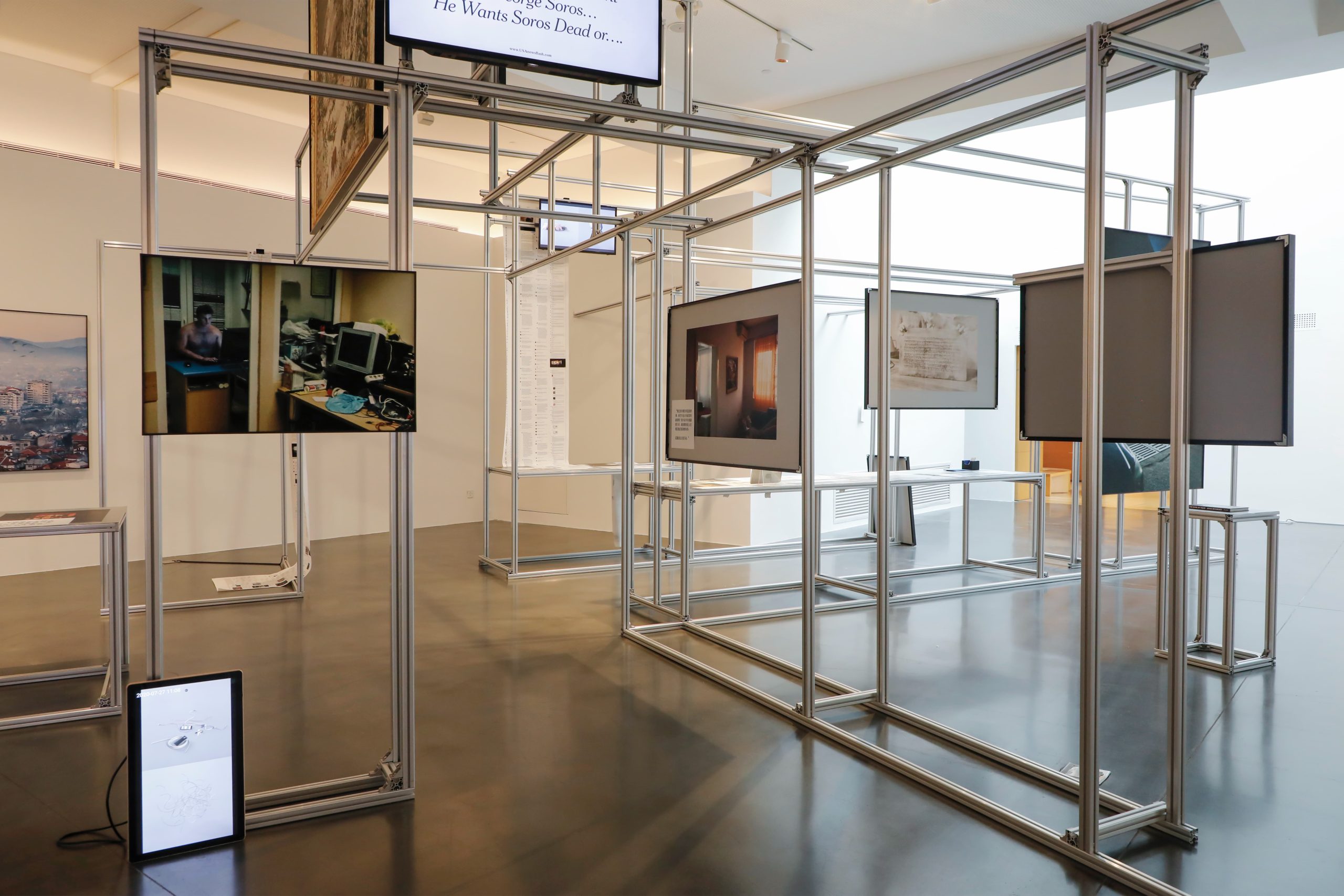
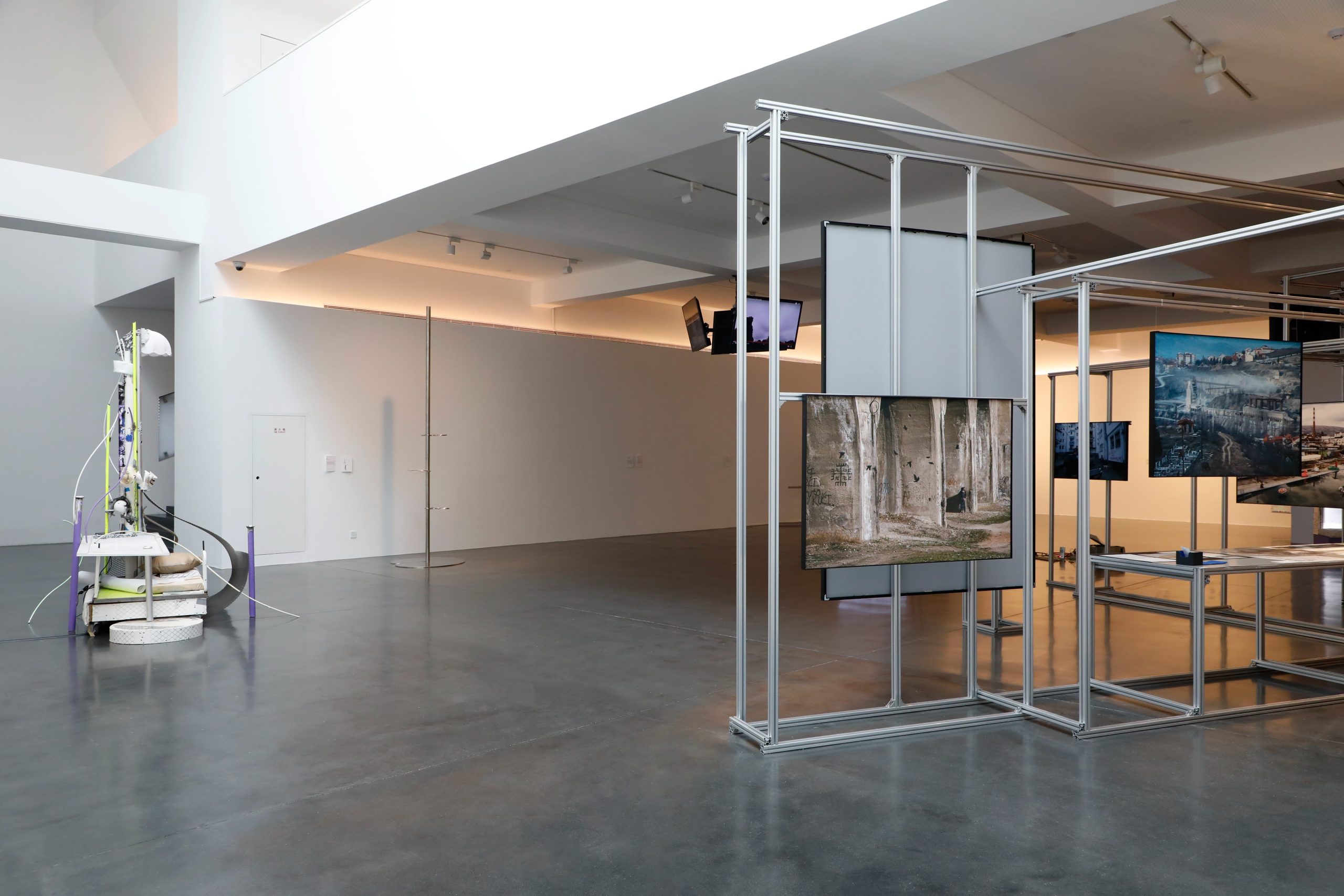
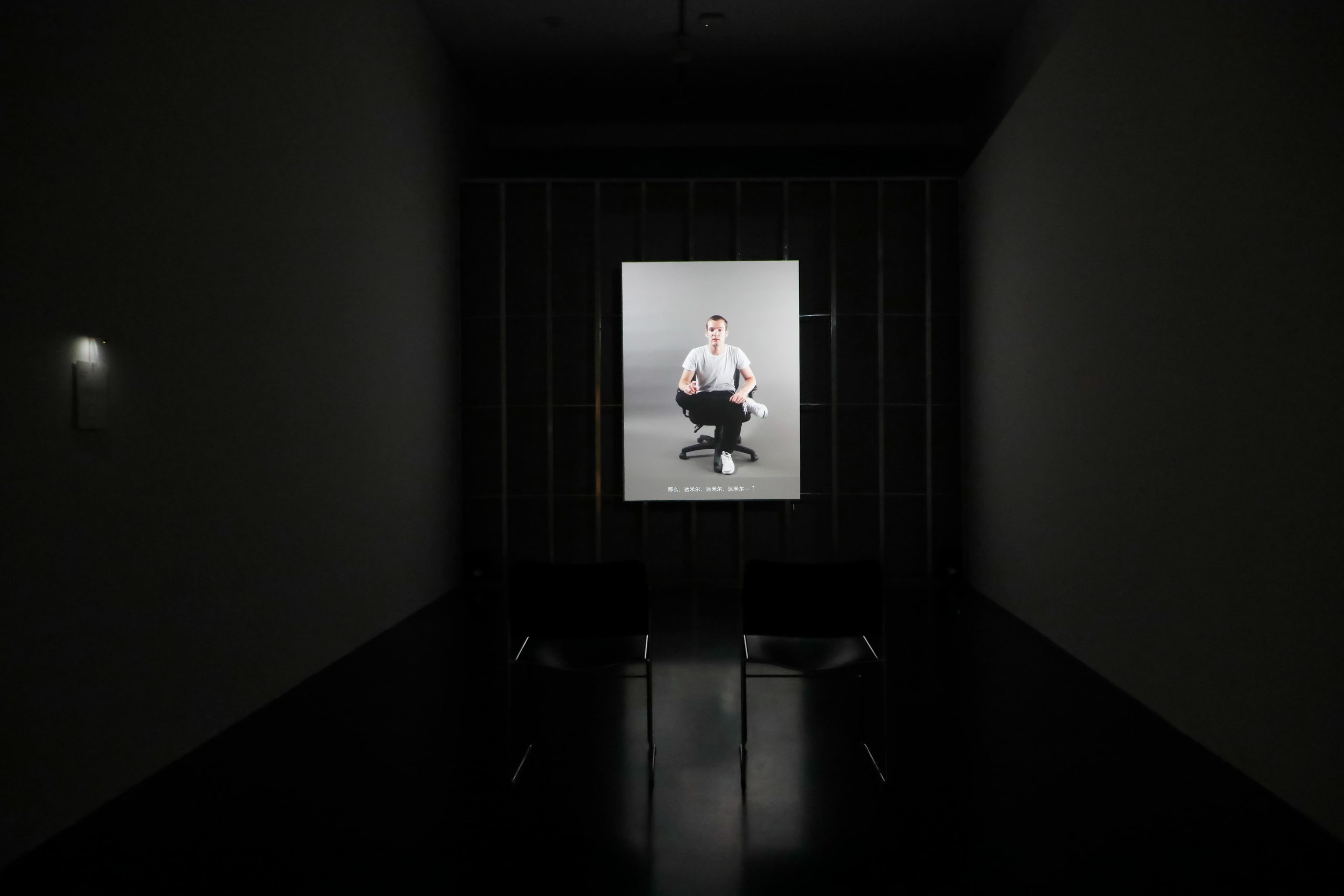
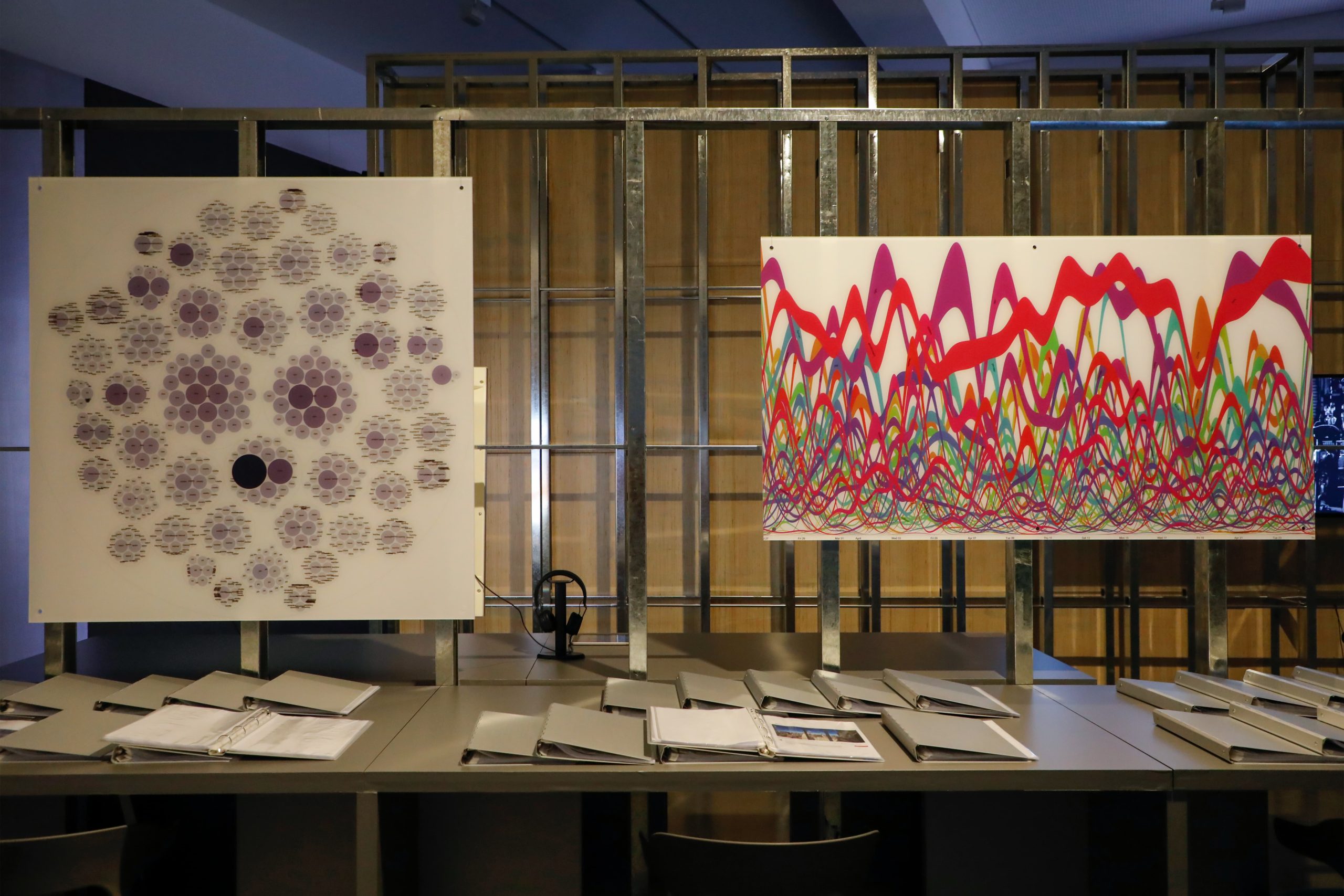
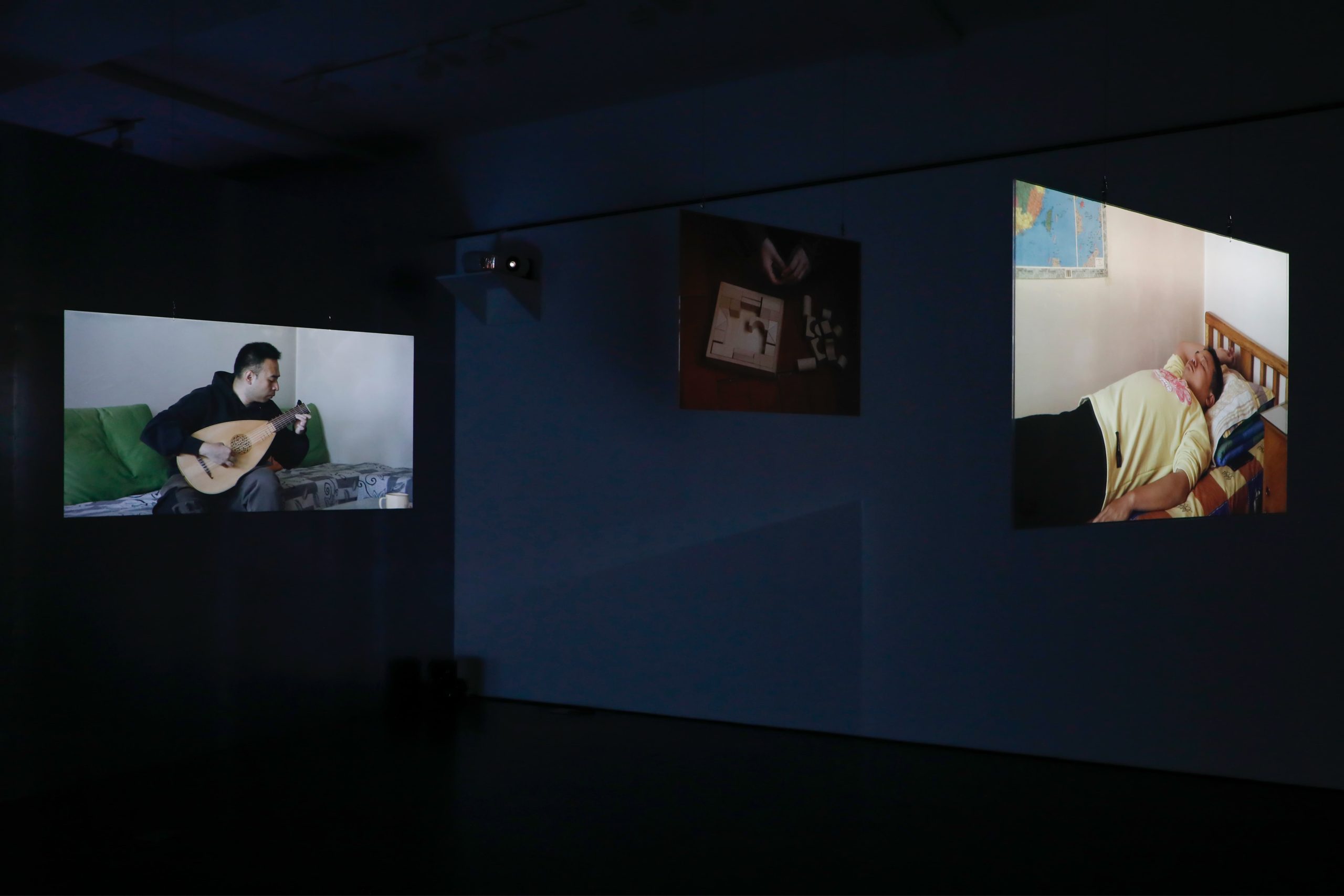
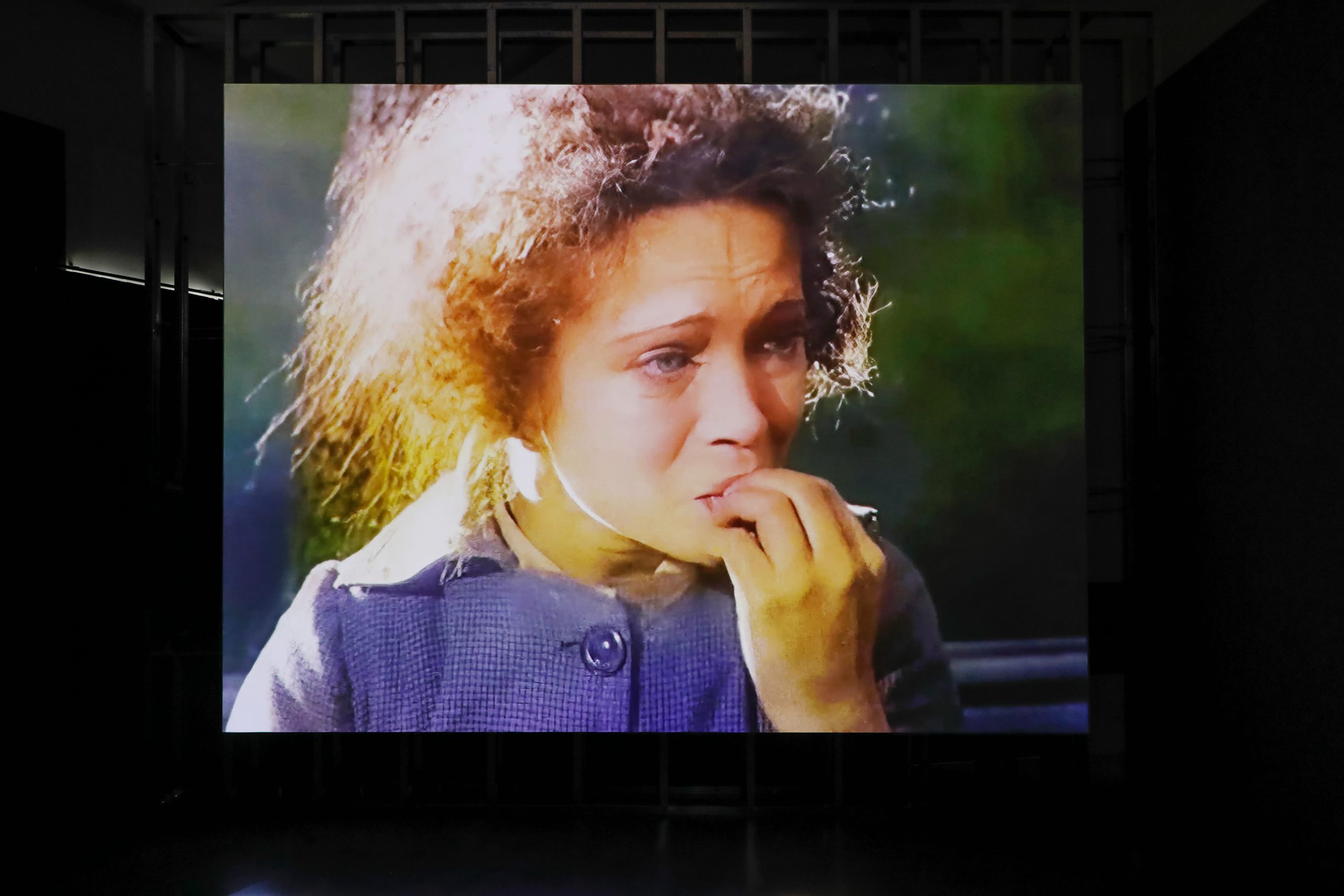
View the Exhibition Online
Exhibition Brochure
An electronic version of the exhibition brochure is available for viewing. Click here to download
Exhibition Information
Exhibition Date
May 23, 2024 to September 1, 2024
Exhibition Time
Wed.-Fri. 11:00-18:00
Sat.-Sun. 10:00-18:00
Last Entry
17:30
Exhibition Location
Beijing Inside-Out Art Museum, No.50 Xingshikou Road, Haidian District, Beijing
Ticket Price
Regular Ticket: 20 RMB per person
Concession: 10 RMB per person
Concessions applied to the following audience members:
Students and teachers, with student ID and teacher ID.
Language
Chinese, English,
Barrier-free Access
We provide barrier-free access. Please make an appointment by telephone in advance. Tel: (010) 62730230
Sponsors
